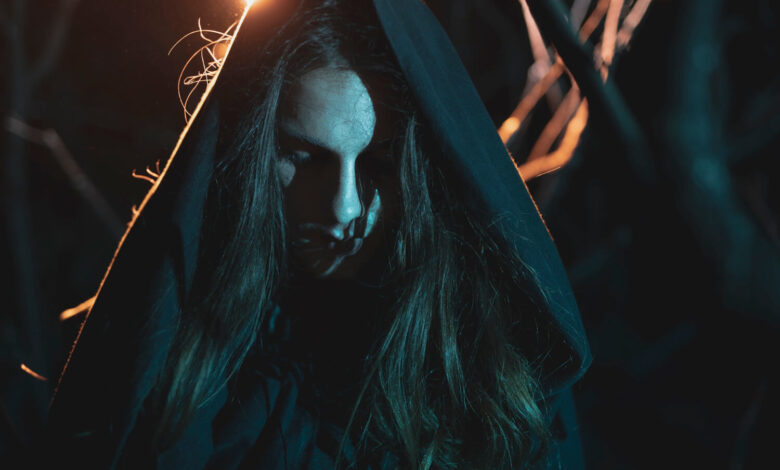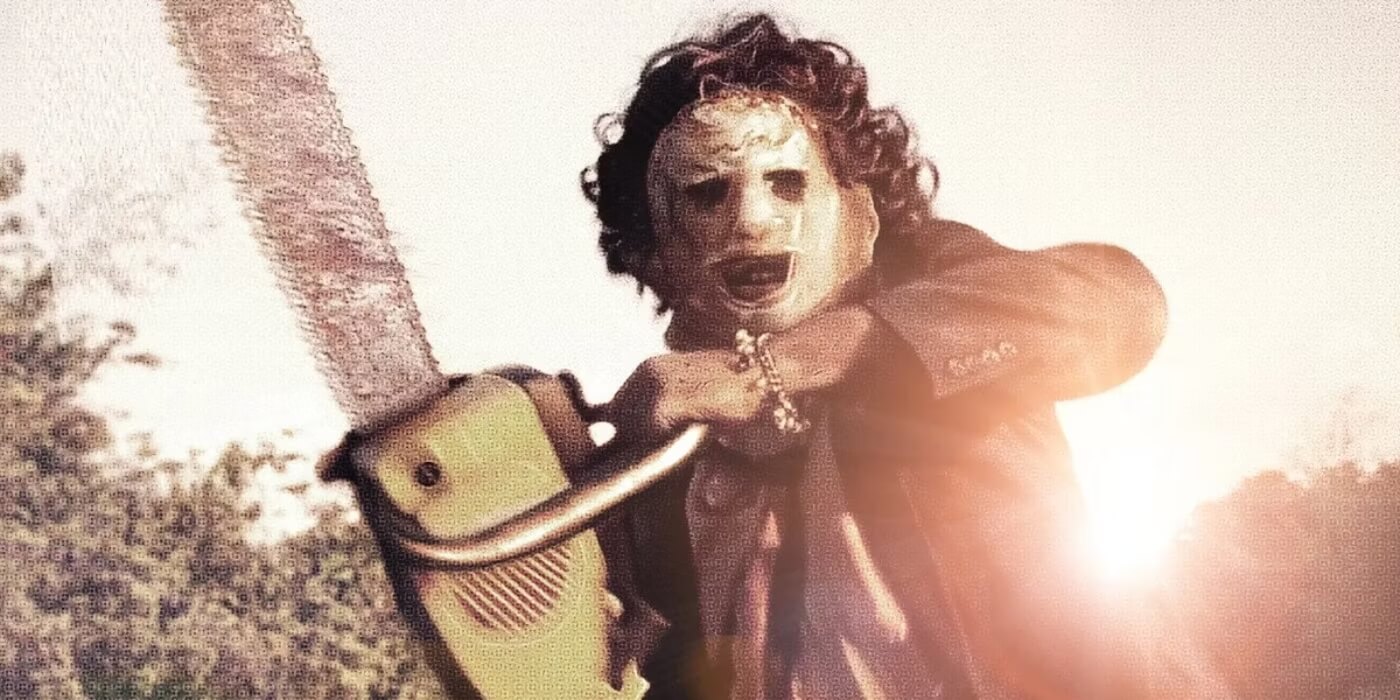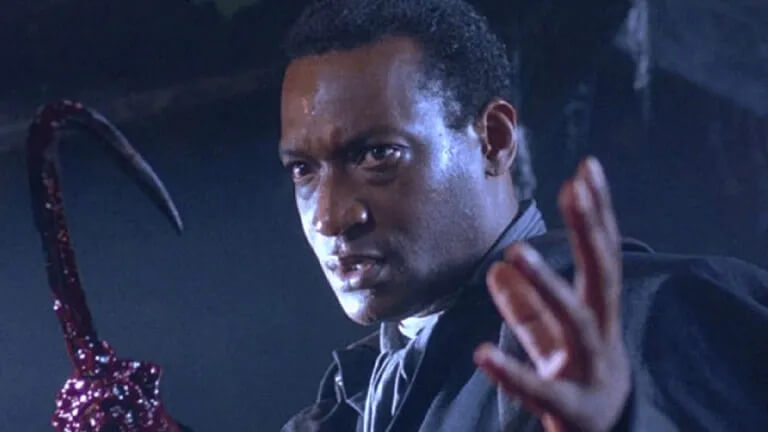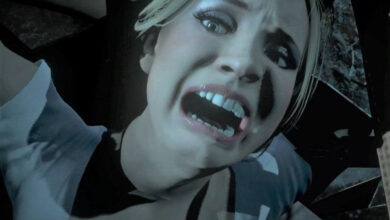
History of Urban Legends
Urban legends are stories that spread from person to person, often with a tone of plausibility that makes them even more unsettling. These tales can range from accounts of ghostly apparitions to encounters with supernatural beings. The modern version of these legends is often popularized through horror films, which capture the essence of the myths and bring them to life.
Historically, urban legends serve as a way to convey cultural values, moral warnings, or simply to entertain. They reflect the fears and concerns of a society at a given time, making them a rich source of inspiration for creators. In horror cinema, these stories gain a new dimension, immersing audiences in experiences that explore the unknown and the supernatural.
The Man with the Machete
“The Man with the Machete” tells the story of a mysterious and violent killer who wields a large blade. According to the legend, this killer stalks and attacks unsuspecting victims, often in isolated or rural areas. The 1974 film The Texas Chainsaw Massacre is inspired by this legend. While not a direct retelling, it embodies the essence of the machete-wielding killer through its central character, Leatherface, whose brutal nature and violent acts echo the fears associated with the original legend.
The film’s impact was profound, helping to shape the slasher genre and inspiring a series of similar movies. The Man with the Machete is a clear example of how an urban legend can be transformed into a powerful cinematic narrative, reflecting the primal fears of the audience.

The Hitchhiking Woman
“The Hitchhiking Woman,” also known as “The Ghostly Hitchhiker,” describes a spectral woman who appears on the roadside at night, asking for a ride. Once in the car, she often reveals a sinister motive or leads the driver to danger before disappearing. The 1986 film The Hitcher brings this legend to life with a modern twist. The movie’s antagonist mirrors the ghostly hitchhiker’s terrorizing behavior, exploring themes of trust and danger on desolate roads.
The popularity of this legend in pop culture demonstrates how these tales can evolve and be reinterpreted through the lens of cinema. The film not only brings the fear of deserted roads to the audience but also explores themes of trust and impending danger, maintaining the essence of the legend.

The Mirror Man
“The Mirror Man” involves a vengeful spirit that can be summoned by performing a specific ritual in front of a mirror. The spirit is said to appear and exact revenge or cause harm to those who invoke it. The 1992 film Candyman popularized this legend. It adapts the concept of summoning a vengeful spirit through a mirror, portraying the titular character as a terrifying supernatural entity whose backstory and revenge-driven motives align with the mirror ritual legend.
The impact of Candyman was significant, contributing to the development of the supernatural horror subgenre and exploring themes of urban legend and mythology. The film brought a new dimension to psychological and supernatural horror, showcasing how legends can become deeply rooted stories of fear in popular culture.

Impact on Pop Culture
Urban legends have a lasting impact on pop culture, especially in the horror genre. They provide a rich foundation for creating cinematic stories that are both thrilling and unsettling. Films inspired by urban legends help keep these stories relevant for new audiences, continuously reinventing them to fit cultural and media trends.
Additionally, these legends often appear in other media such as books, TV series, and games, showcasing their broad influence on pop culture. The impact is evident in how these stories become part of the collective cultural language, shaping our understanding of fear and the supernatural.
Conclusion
Urban legends are not just scary stories but essential pieces of the cultural puzzle that shapes the horror genre. When adapted into cinema, these stories gain new life, providing an even more immersive experience for audiences. Cinematic adaptations not only preserve the spirit of the legends but also reinvent them, keeping them relevant and intriguing for new generations.
The influence of these legends in film is a testament to the enduring power of our collective fears and the genre’s ability to evolve over time. Continue exploring and discover how other urban legends have also left their mark on the big screen.






